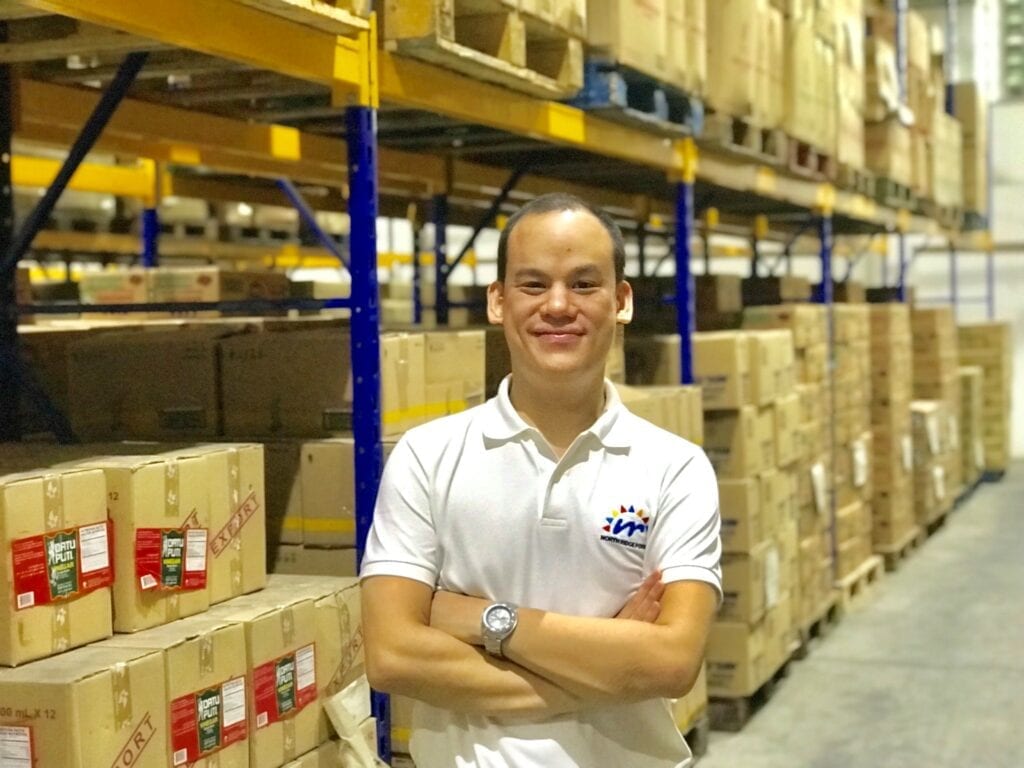
Julie Ortuoste co-founded HairMNL with husband Jonathan Joson. HairMNL is a local e-commerce site carrying professional hair care brands. They opened a salon in 2016 and went into online selling two months after. She shares the fundamentals of selling online and how she was able to adapt the concepts of trade marketing from her previous work.
Q1: How did you get into e-commerce?
A1: We originally did not plan to get into e-commerce. Back in 2016, we bought a salon franchise. A few months into running the salon franchise, we realized it was not making enough to sustain itself. We then decided to go into online selling by chance, after a lady from Zambales messaged us on our Facebook page, asking to buy Argan Oil from our salon in Mandaluyong. From there we realised there was a distribution gap for professional haircare products and figured out how to serve clients with similar needs.
Q2: How do you know which product and SKU to carry or not?
A2: As a niche site, we have to be very efficient with the products we carry. We check product reviews, look up brands on Google Trends (free to use on google.com/trends) to see if there is interest, and try the products ourselves before deciding to carry a brand. We make sure the products we carry deliver on their promise. We also make sure each brand we carry contributes positively to our portfolio. Having too many brands with the same function can end up confusing customers. We keep our portfolio well curated so as not to waste our customers’ time and money going through these products. Doing so also helps us be efficient with our own resources since we focus our time, money, and energy only on brands which are likely to yield better returns.
Q3: What did you do to be known in the marketplace?
A3: We rely on digital marketing tools that help customers learn more about the products we carry. We also make it a point to provide good customer service to ensure our clients trust us and keep coming back.
Q4: What is the value proposition of HairMNL? How did you know it will work?
A4: We offer information and convenience to our shoppers.
Our clients have pressing hair and scalp concerns. We on the other hand have access to great professional haircare products. What we do is try to match their needs with the best products for them. We do this by offering free consultation online and in-store for customers who need more guidance. Our site is also laid out to help customers find what they need easily.
Since we started, we’ve increased access to professional hair care products. Not everyone lives near a salon that carries the products we have. By shipping to most islands in the Philippines, we allow more people access to these products.
We did not know at the start if this would work, but intuitively knew there was a need to make our target market aware of the benefits of professional products, and provide better access to them. We started carrying just one, then three brands, but expanded after seeing that customers were responding well to our value proposition.
Q5: When is online selling best?
A5: Online selling is best for niche, high engagement products and services, especially those that require research prior to purchase. The Internet is naturally a great platform to educate shoppers on features because it allows for efficient distribution of information through images, videos, social sharing and messaging.
Online selling is also best for products that can be shipped sensibly. The market should either be willing to shoulder shipping costs, or margins are high enough to cover shipping costs. Shipping is a cost intrinsic to online selling, and should really be planned out.
Lastly, online selling is best for products with good barriers to entry. Marketing online can become very costly with increased competition.
Q6: What advise can you give on which platform/s to use?
A6: For those going into e-commerce on their own site, it would be best to use a platform that is user-friendly and integrates well with other programs. It would be best to go on a platform that allows you to start selling properly immediately so you can go straight to focusing on testing the business model and testing the market instead of getting hampered by technical concerns.
Q7: How can cannibalization be avoided between physical and digital spaces?
A7: Having both digital and physical presence increases interest in a brand more than it cannibalizes from the other. These should no longer be seen as competing channels, but as part of the total customer journey. Online presence and physical presence are likely to complement each other since shoppers now like learning about products online but also like experiencing (seeing, touching, smelling) these in person. By not being present online, you lose the opportunity to be present when people research. You might also lose the market who prefers having goods delivered (i.e. no time to visit a physical space). You also lose the chance to easily remarket to someone who has purchased. On the other hand, having a physical space allows you to appeal to shoppers who prefer to see, touch and smell the products they purchase. Having both is more likely to grow the brand and give more options to shoppers.


